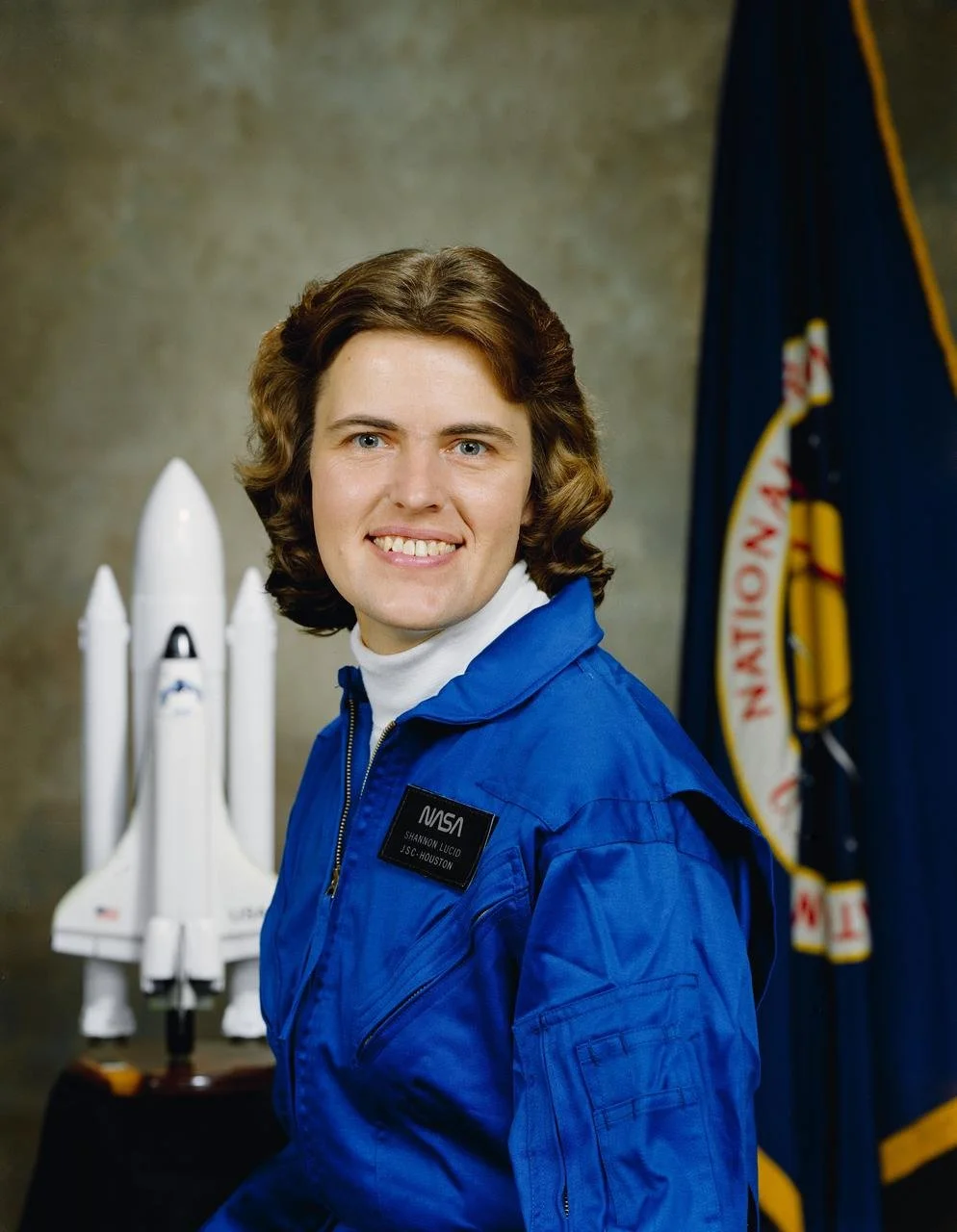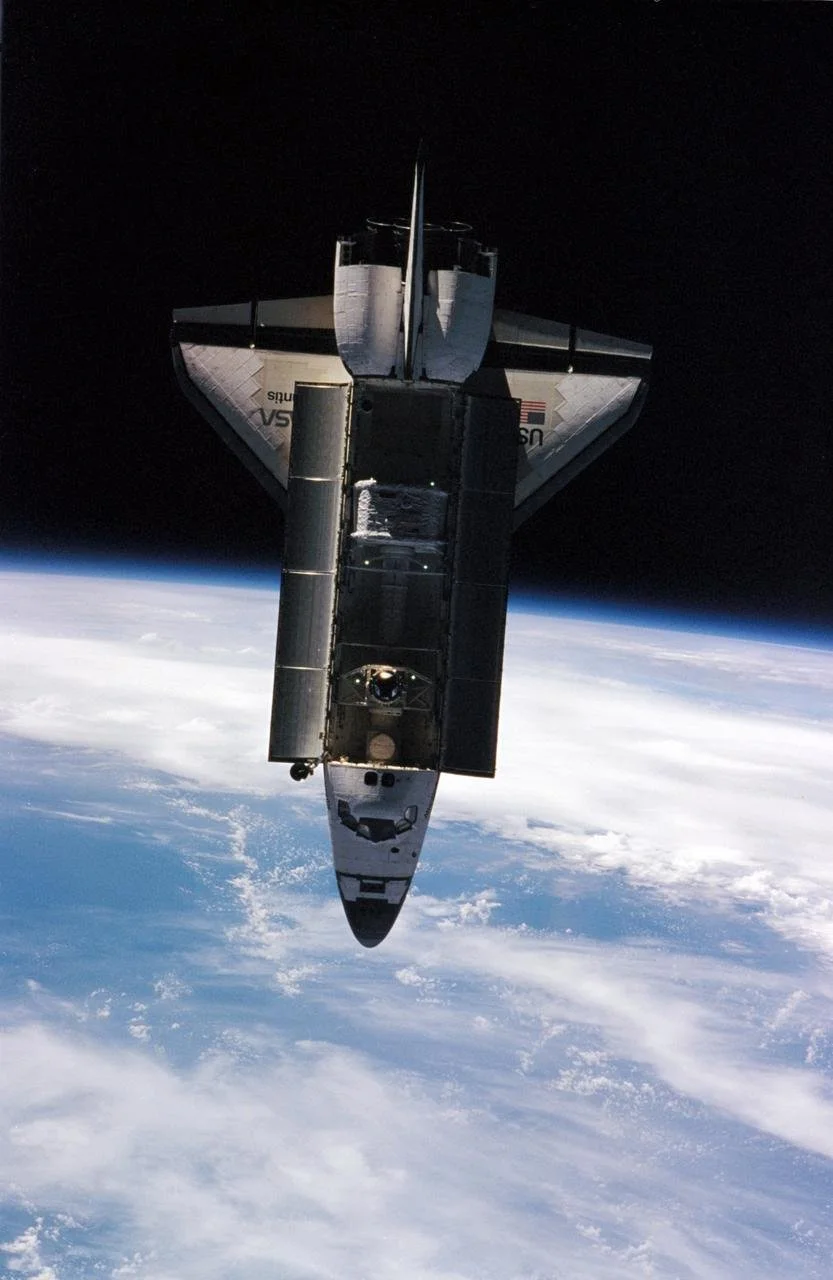Shannon Lucid
“Basically, all my life I'd been told you can't do that because you're female. So I guess I just didn't pay any attention. I just went ahead and did what I could and then, when the stars aligned, I was ready.”
Astronaut Shannon Lucid. Credit: NASA
When Shannon Lucid was born, on January 14th 1943, World War Two had been raging for over 2 years. Her American parents were working in China at the time and were taken prisoner. As a result, Shannon spent the first year of her life in a Japanese prisoner of war camp. Now, being a little bubba at the time, she was hopefully blissfully unaware of what was going on. But one can’t help but note the irony that the woman who started her life as a baby prisoner would go on to become a great explorer.
Thirty-five years later, when new anti-discrimination laws led to NASA advertising for female recruits in 1978, Shannon was an ideal candidate to be one of the first women in space. She was already comfortable taking flight, having received her pilots license shortly after graduating high school and buying an old plane of her own, while also spending 13 years studying to receive her PhD in biochemistry (the branch of science that explores chemical processes and related to living organisms - an incredibly important field of research at NASA).
View of Space Shuttle Atlantis during approach and docking to Mir Space Station. Credit: NASA
She was accepted into the first class of NASA astronauts to include women and seven years later would take part in her first space flight, becoming the 8th woman to do so. She would go on to conduct a total of five space flights, with her last making her a record breaker.
Her 1996 trip to the Mir space station made her the first female U.S. astronaut to actually live on a space station. The shuttle Atlantis (her ride home from the space station) was delayed by 6 weeks resulting in her 5 month stay stretching out to over six. With this one voyage she traveled over 121 million km in just over 188 days and at the time it was the longest-duration spaceflight conducted by any U.S. astronaut, male or female. When combined with her four previous missions that comes to a total of 223 days in space. For the next 11 years would hold the world record for the most time spent in space by a woman.
Her time on the space station, and the months of research she was subjected to upon her return home (a lot of dangerous things can happen to a human body in space) helped fellow scientists to understand the impact prolonged spaceflight can have on not only the human body, but also the health and wellbeing of the mind. Her contribution will help us determine if it is even feasible to send humans on longterm expeditions to places like Mars one day. Or maybe even the moon…
Shannon retired from NASA in 2012 but her space exploration, and tendency to set world records, may not be over and done with just yet. Should the Artemis Moon Mission be successful in 2024 then Shannon will makes history by becoming the first woman on the moon.
(And am I the only one who loves the idea that the mission is named after a goddess?!)
WHAT YOU KNOW NOW:
Shannon Lucid was in the first class of NASA astronauts to include women in 1978
She has taken part on 5 spaceflights
Her world records include:
Longest-duration spaceflight conducted by a US astronaut (held from 1996 to 2002)
Most time spent in space by a female (held from 1996 to 2007)
References:

